The Article
Xtension 10 Turntable From Pro-Ject
18th February 2020
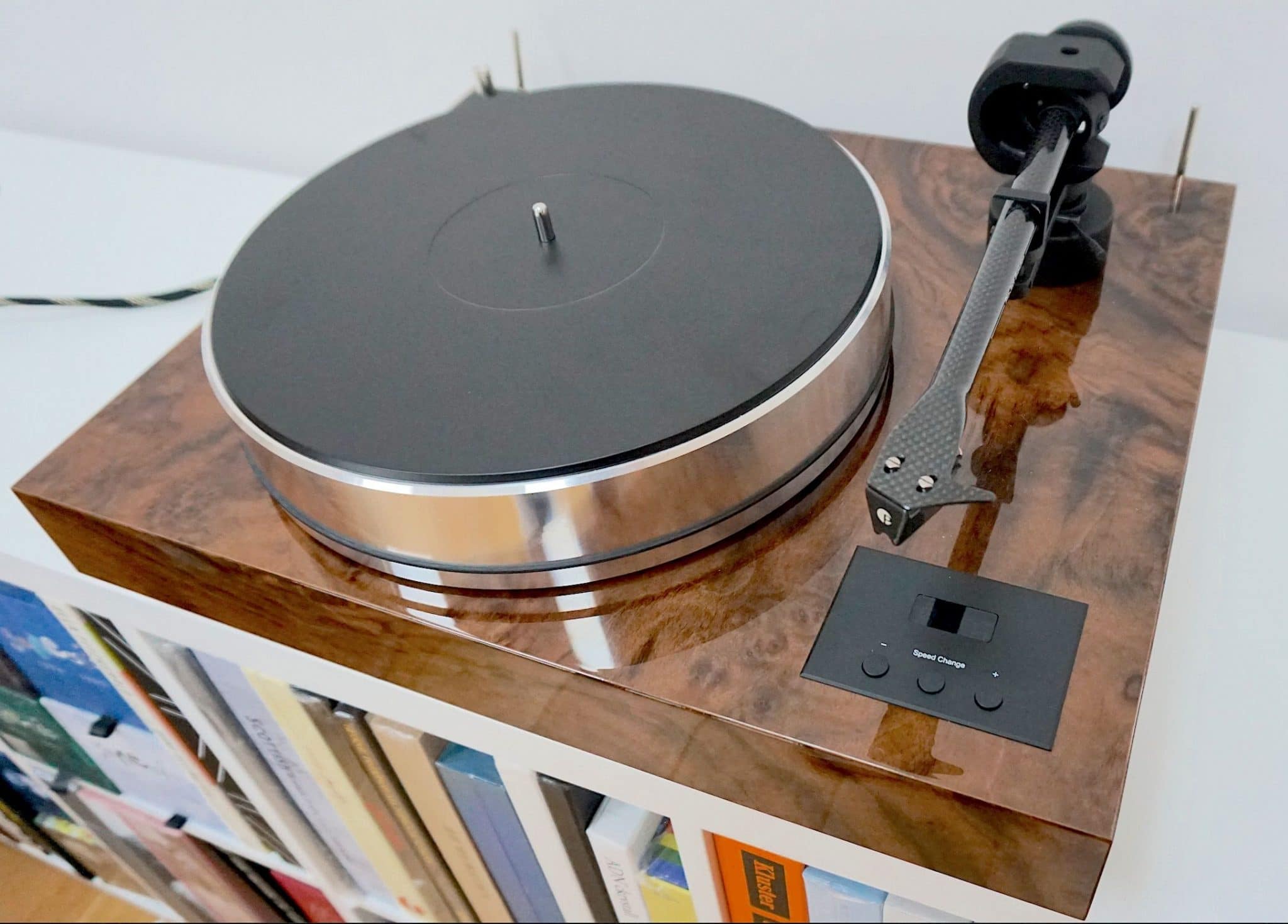
Now tweaked and upgraded, Paul Rigby reviews this belt-driven turntable
Many vinyl fans are used to seeing Pro-Ject turntables built to a price amounting to the low hundreds. When they are faced with an upper midrange design from the company, priced in the thousands, a double take is sometimes the result. Pro-Ject is not too often discussed in this sector and it’s a shame because the company makes some fine products in this area.
This was one reason why I wanted to take a look at the Xtension 10 turntable. The second? I’ll get to that in a moment.
This design is impressive, even before you see it up close. Mainly because it arrives in a wooden crate. An overkill for a turntable like this? Why not reduce packaging and use smaller cardboard boxes? According to Pro-Ject, “Two things. First, to 100% protect it in transit. Our crate will stand any house move or shipment. Cardboard boxes with a turntable of this weight will fail after one go. Second, we want our turntable to feel special.”
Looking at the plinth, near right is a LED panel with three buttons below. One handles start and stop plus speed change while the others allow micro speed changes plus or minus 0.1 rpm.
Top left is an AC motor holding the pulley. Above that is a top plate screwed in by the silver coloured knobs that you can see in the image below. Does this plate actually do anything? According to the company it’s, “…primarily cosmetic but also to minimise the ‘at risk’ space where an exterior belt leaves the platter to touch the pulley. There’s almost zero chance of accidentally knocking our drive belt off.”
Once that pulley rotates and the belt hauls the massive platter around, you may want to grab a coffee while the thing gets up to speed. It will take a while. A little bit of encouragement might be in order, a gentle push perhaps. I asked Pro-Ject about the slow speed climb and it replied, “It’s a low-torque motor to minimise any unwanted noise generated within the turntable. We found the start up comparable to other high mass designs.”
Both 45 and 33.33 rpm are easily initiated but changing to 78 rpm will require a belt movement from one pulley groove to another.
This is a good time to talk about the suspension system which is a combination of mass above the plinth and suspension below. The feet are mag-lev types using magnetism which are repelled but held into place by a bolt. Levelling is still possible using the feet alone. I asked Pro-Ject about their thought processes behind the suspension design decisions, “In essence, all Pro-Ject turntables take the view of ‘what is best for a wide a customer base as possible’. We tend to find most people can accommodate mass designs but less can accommodate decoupled designs. But we wanted to utilise aspects of both. So, our turntable has ‘floating’ elements, using magnets to do two things: reduce the load on the feet (that’s why our feet have strong opposing magnets) and reduce the pressure on the main bearing (that’s why the main bearing has magnets around it).”
The current system means that you can position the turntable almost anywhere, “I’m sure you’ve seen Xerxes or LP12s over the years preferring to be on a shelf on a solid wall – so floating floors and other unavoidable environmental factors aren’t an issue,”
The Pro-Ject high mass platter uses a “perpetual motion” system, “…making speed stability amongst the best for high-end belt designs. Even our mass block around the tonearm bearing is proven on many years to take away vibrations from the arm tube.”
One thing that did puzzle me was the addition of the heavy stabiliser. After all, this is a massy turntable, “This again is included to support a wide variety of customers – many of whom believe a clamp enhances bass and mitigates timing issues on warped records. The rest of our turntable design can do nothing for people of this belief – so we include it as an optional accessory.”
The tonearm is a 10” CC Evolution carbon fibre model with a carbon fibre tube and inverted bearing including four ABEC7 ball races. The Linn-type mount allows both VTA and azimuth adjustments.
During installation, the tonearm cable had to be inserted into a cavernous hole placed underneath the plinth. Locating the plug into its socket was difficult because of the restricted space available. According to Pro-Ject, you need not worry about that, “Because of the footprint, we wanted something that once installed would not eat into space behind the deck, nor that would be at risk of knocking if you ever had to ‘get behind’ your system. When it’s a new turntable, this comes pre-installed and ready to use.”
I found the decision to include four counterweights of varying weight intriguing, to say the least and useful sure but was four necessary? Really? Four? “We feel, yes. If you look at most ‘plug-and-play’ designs supplied with a cartridge, the counterweight is as near to the gimbal as possible,” said the company. “This reduces strain on the counterweight rod, which can cause vibrations to manifest as the arm tracks. As we want customers (through their dealer) to choose the right cartridge for their deck, we supply four inside so you can pick the weight that with your cartridge sits nearest the bearing. As a spare part, these are less than £20, so the added value to the package is marginal, when you consider the ‘at home’ options a customer has and the ability it gives them to change their cartridge in the future. “
Looking at the manual, I was less than impressed. Mostly because I felt that it could be friendlier. Less text and more exploded diagrams would have been welcome. I asked Pro-Ject about it, “This is something that will change, I think. As much as we want customers to be assisted by their dealers, I believe there are some things that could’ve been improved in our manual to help when a dealer is not around. However, we do try and touch on every aspect of turntable set-up in our literature – rather than just initial set-up.”
One extra feature I need to mention is the new finish. Walnut Burl veneer is available in a deep ‘high-gloss’ finish, or in a lighter ‘satin’ finish.
The second reason I wanted to review the Xtension 10 was because of the new power supply upgrade announcement. In fact, all new Pro-Ject Audio Systems high-end turntables purchased in the UK and Ireland from authorised retailers will be supplied with a free of charge linear power supply upgrade. The Power Box RS UNI TT (normally £399) is an adapted version of the company’s Power Box RS UNI, designed to deliver a clean and stable 15V DC mains signal and consists of a toroidal transformer with shielding between the primary and secondary winding, which acts as an isolating transformer. The built-in transformer has a, “…much higher power reserve compared to standard power adapters,” said the company.
I began the tests using the turntable’s own, original switch-mode power supply, bringing in the new external model later to see just how this new edition changes the sound, if at all. During the tests, I decided upon a Pro-Ject Pick-It DS2 moving coil cartridge (see the image above). You can read a review of that model HERE.
SOUND QUALITY
I began with Nat ‘King’ Cole’s Thanks to You From the album, Love (Capitol). The Xtension 10 offered a fascinating feedback. Subtle in its complexity but one that nevertheless, spoke volumes.
What I heard here was a slight emphasis. And when I say slight I really mean slight. There was no brightness at all but the midrange had been lifted. By a single degree perhaps but lifted just enough to add a hint of coolness on the Cole voice (and a light upon the trumpet solo). Again, there was nothing nasty here at all but the Cole vocal was lifted, ever so slightly, away from the backing orchestra to enable the ear to hear more of the form of the delivery, emphasising detail.
In many ways, this revealed more emotion from Cole, more light and shade and more gradation. If you really listen to Nat ‘King’ Cole, his voice moves all over the place. He rarely sings in a straight line. When he sings, he goes walkabout. His delivery is like taking a stroll down a windy country lane and viewing the scenery while you do so.
The Xtension 10 caught all of this and that was a magnificent thing. Now, while doing this there were times when the voice threatened to approach an edge. It never got there but you could hear it travelling in that direction.
The fact that I can talk of the vocals in fractions of a degree is, in itself, a testament to the performance of the Xtension 10. It’s a testament of the price point too, of course. This is the sort of conversation you can employ when you have £3k in your back pocket.
Nevertheless, the Xtension 10 was quite daring in its frequency approach. It took chances and walked along the sonic cliff edge at times.
Listening to rock now and Thin Lizzy’s Having a Good Time from the LP, Chinatown (reissued via Back on Black). Bass – and there was lots of bass here – was solid, focused and offered plenty of character, midrange treble was defined and exacting, treble was fine while noise was thankfully restricted. I wouldn’t jump up and down about the low noise or spacious soundstage. It was good, very good, but nothing super special, that element of the performance was expected at this price point.
It as at this point that I thought it best to introduce the external power supply.
It was also at this point at the slight emphasis and the midrange coolness went away. So you can point at the switch mode power supply for that effect because the new, external power supply replaced that with a rich confidence and sense of weight that was attractive indeed.
What I noticed were extra vocal nuances. A changing Cole vocal could, if required, apply an aggressive tone but could then easily recess into a breathy velvet texture that revealed a host of emotive information about the song itself. The new power supply handled this transition well. On the left channel, the string section, largely dismissed by the ear previously, pushed forward and swept into view with a fully detailed harmonic presence that only served to enhance the overall soundstage.
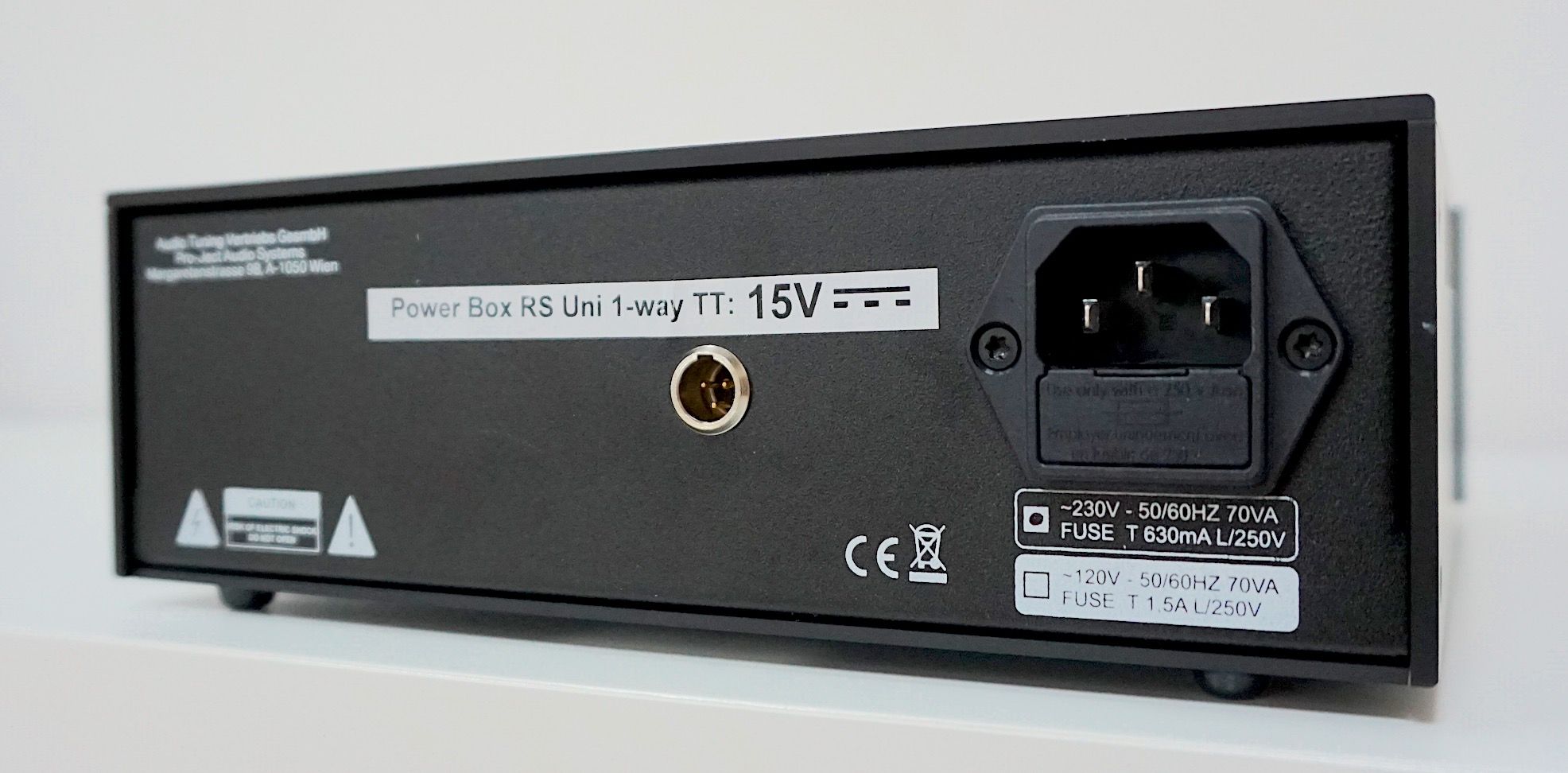
Bass was excellent. Powerful and full of weight, never dominant but absolutely ‘there’, adding less obvious power but plenty of portent and, when required, precision to emphasise a point in the arrangement.
Treble provided a lovely contrast to the trumpet arrangement, being delicate and full of information while the trumpet solo itself was tonally balanced now, the upper mids found it easier to track the quick changes in notational scale as the player’s fingers moved to the music.
While the newly configured Xtension 10 revealed extra information and emotion in a jazz-based arrangement, the turntable’s reaction to rock and the Thin Lizzy song was one of pure fun. The Xtension 10 relaxed into this music, offering a rolling bass but the inherent clarity that sat alongside meant that no detail was lost. Lead guitar was complex and rather delightful, daring the listener to a quick air guitar session (I gripped my chair arms, fighting the urge). Phil Lynott’s vocal was a joy to hear, his low tones never blending or blurring into the midrange while percussion remained a linchpin to the entire track. That the music triggered head bobbing, foot tapping an arm swishing was a testament to the Xtension 10 as a source.
Frankly the external power supply changed the entire personality of the Xtension 10 turntable – and for the better.
Finally, Pro-Ject supplies a stabiliser that sits loosely over the spindle. The company calls this a clamp but it isn’t, it’s a stabiliser and a heavy one at that. In action, it overly damps the music to its detriment. Especially with the new power supply in place. Using the earlier switch-mode power supply, I may have reached for the stabiliser to fix the slight midrange lift but that was now unnecessary. In effect, the stabiliser rolled off the upper mids and restricted dynamic reach. I recommend not using it at all. The Xtension 10 doesn’t need it, the platter supplies enough mass on its own.
CONCLUSION
It comes down to this. The Xtension 10 plus switch-mode power supply was a good turntable. With the new power supply in place, the Xtension 10 is now an excellent turntable. Simple as that. That external power supply is critical, critical in the final performance quality of this design. It offers maturity and control. As such, the Xtension 10 emerges as a very real and recommended choice for anyone looking for a midrange turntable at this price point. It offers detail, clarity yet, with the new found bass control, a tonal balance that will suite all musical genres. The Xtension 10 is a serious player. Do yourself a favour and check it out.
PRO-JECT XTENSION 10 TURNTABLE
Price: £3,350 (non-burl finishes are £3,000)
Tel: 01235 511166
Website: www.henleyaudio.co.uk
GOOD: new power supply, midrange delicacy, bass character, tonal balance
BAD: unnecessary stabiliser
RATING: 8
[Don’t forget to check out my new Patreon Page at www.patreon.com/audiophileman, for exclusive postings, giveaways and more!]
REFERENCE
Benz MC Gold cartridge
Icon PS3 phono amplifier
Aesthetix Calypso pre-amp
Icon Audio MB845 Mk.II monoblock amplifiers
Quad ESL-57 speakers with One Thing upgrade
Monitor Audio Silver 300 speakers
Blue Horizon Professional Rack System
Harmonic Resolution Systems Noise Reduction Components
All vinyl was cleaned using an Audio Desk’s Ultrasonic Pro Vinyl Cleaner

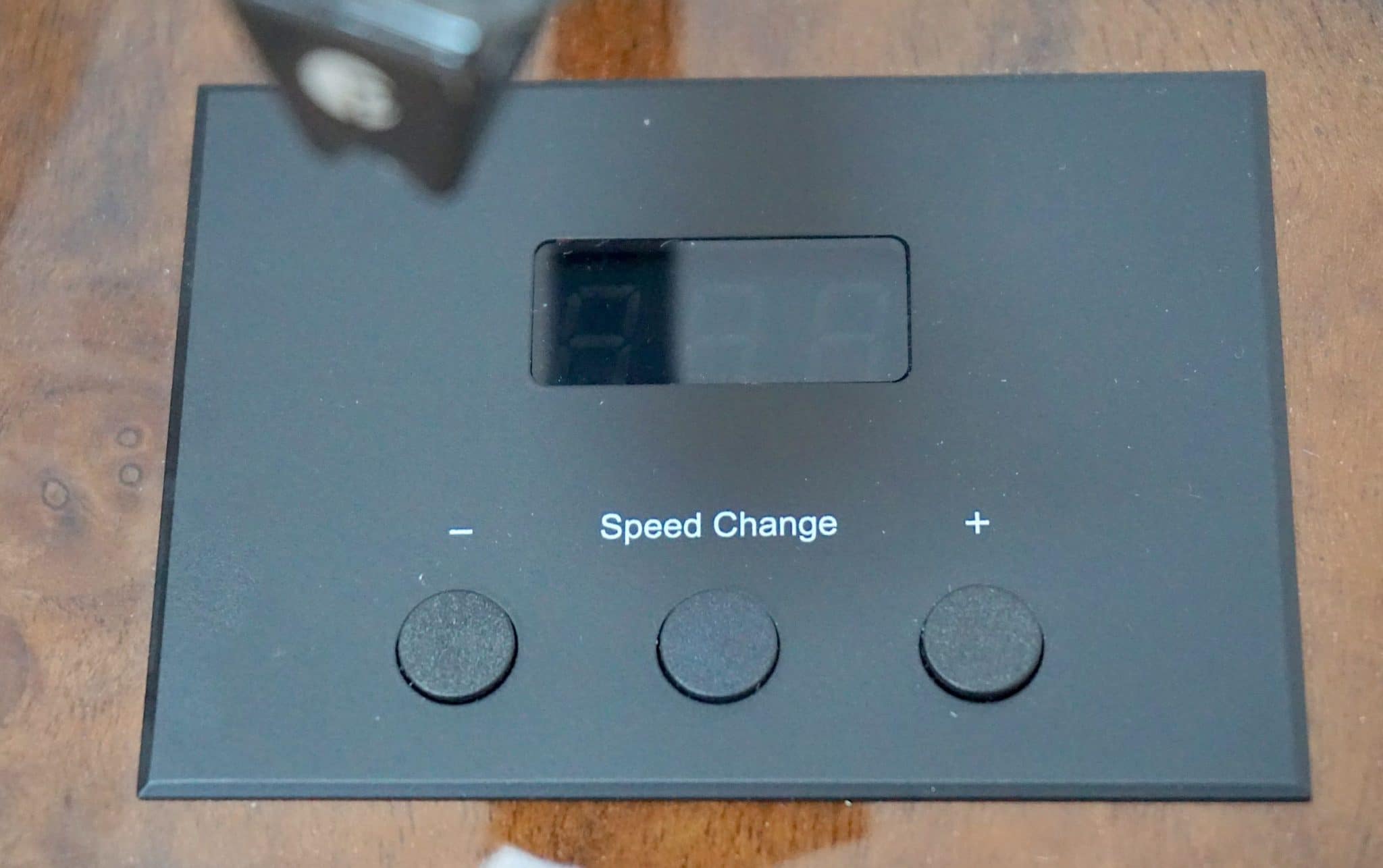
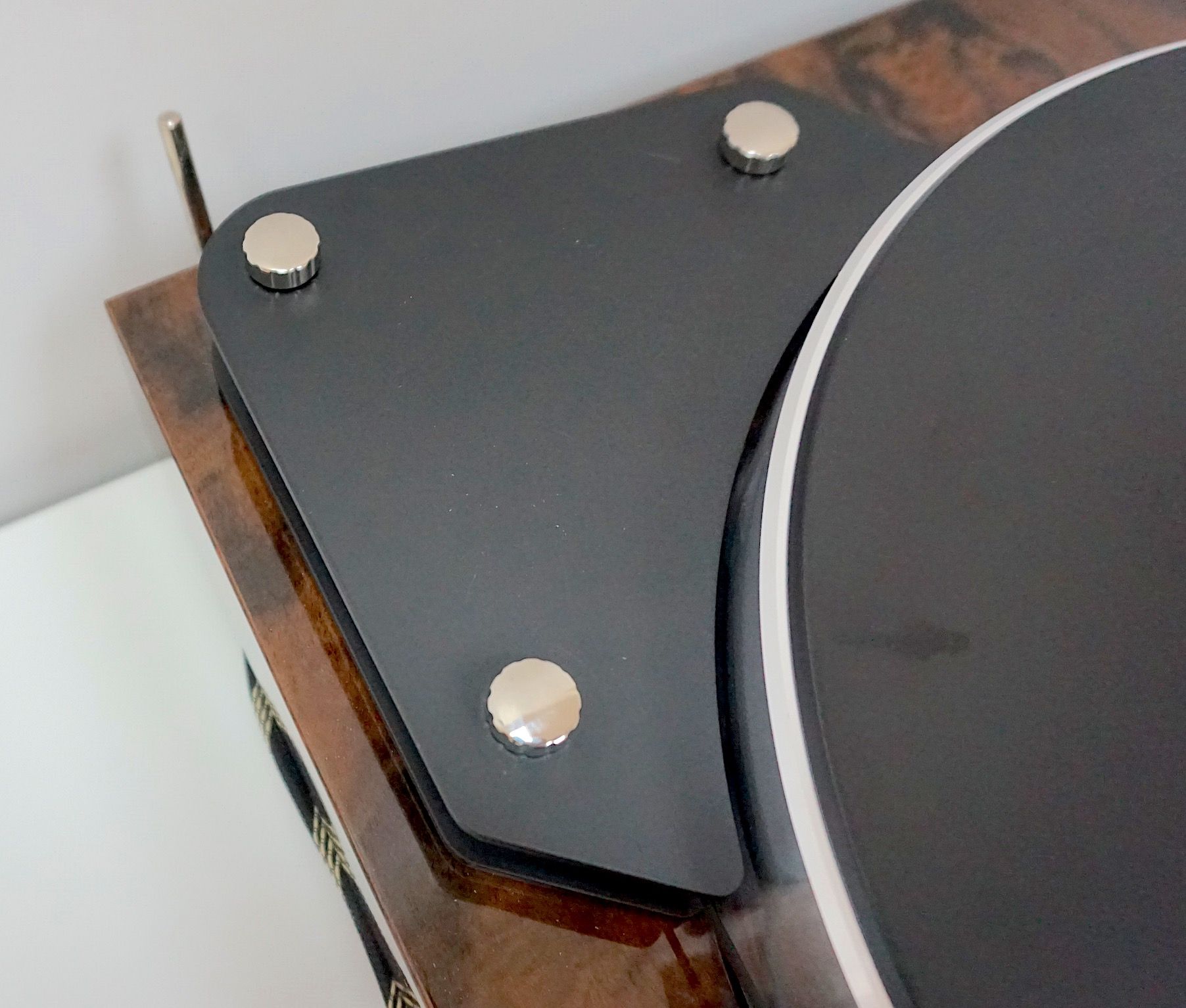
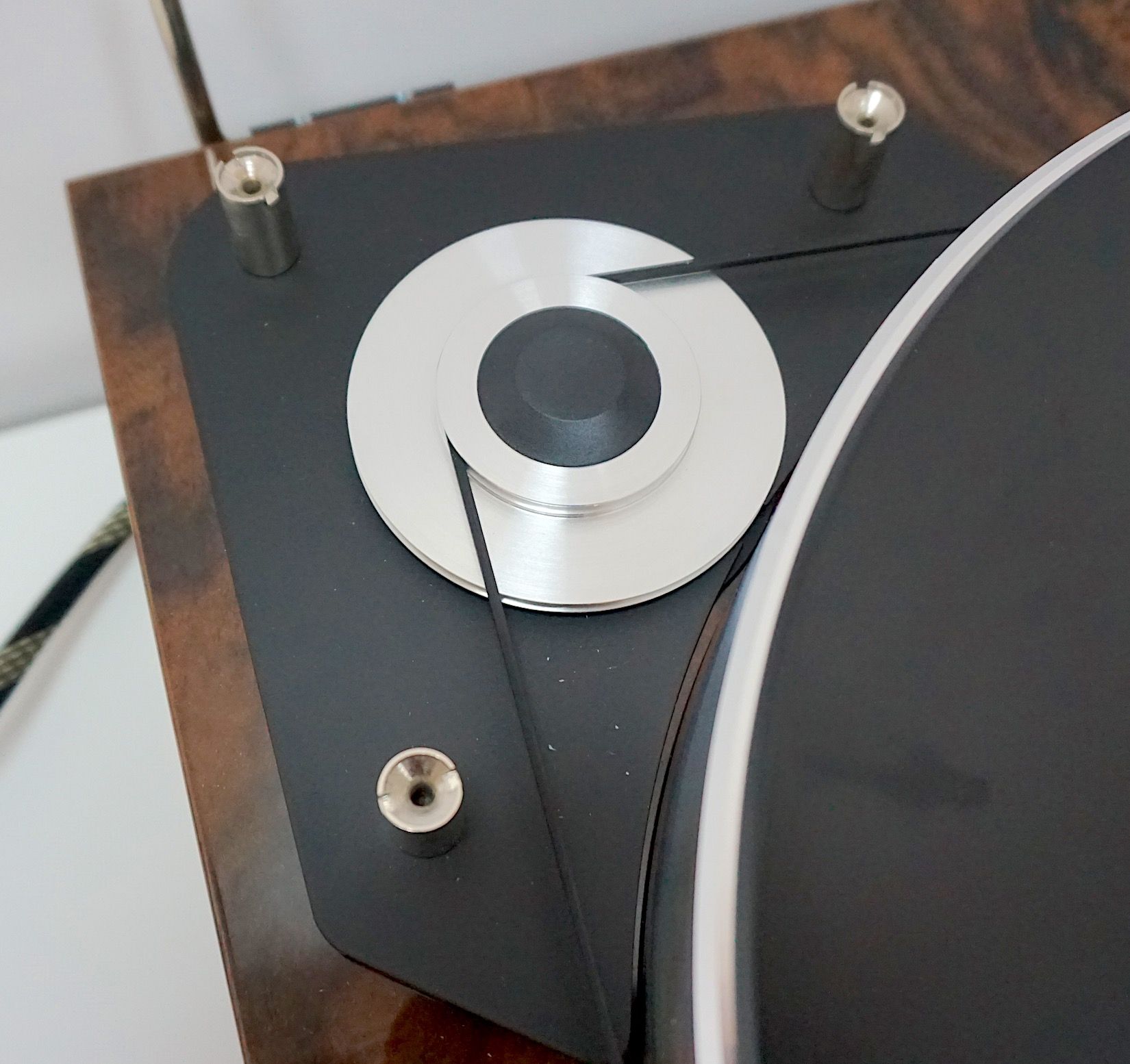
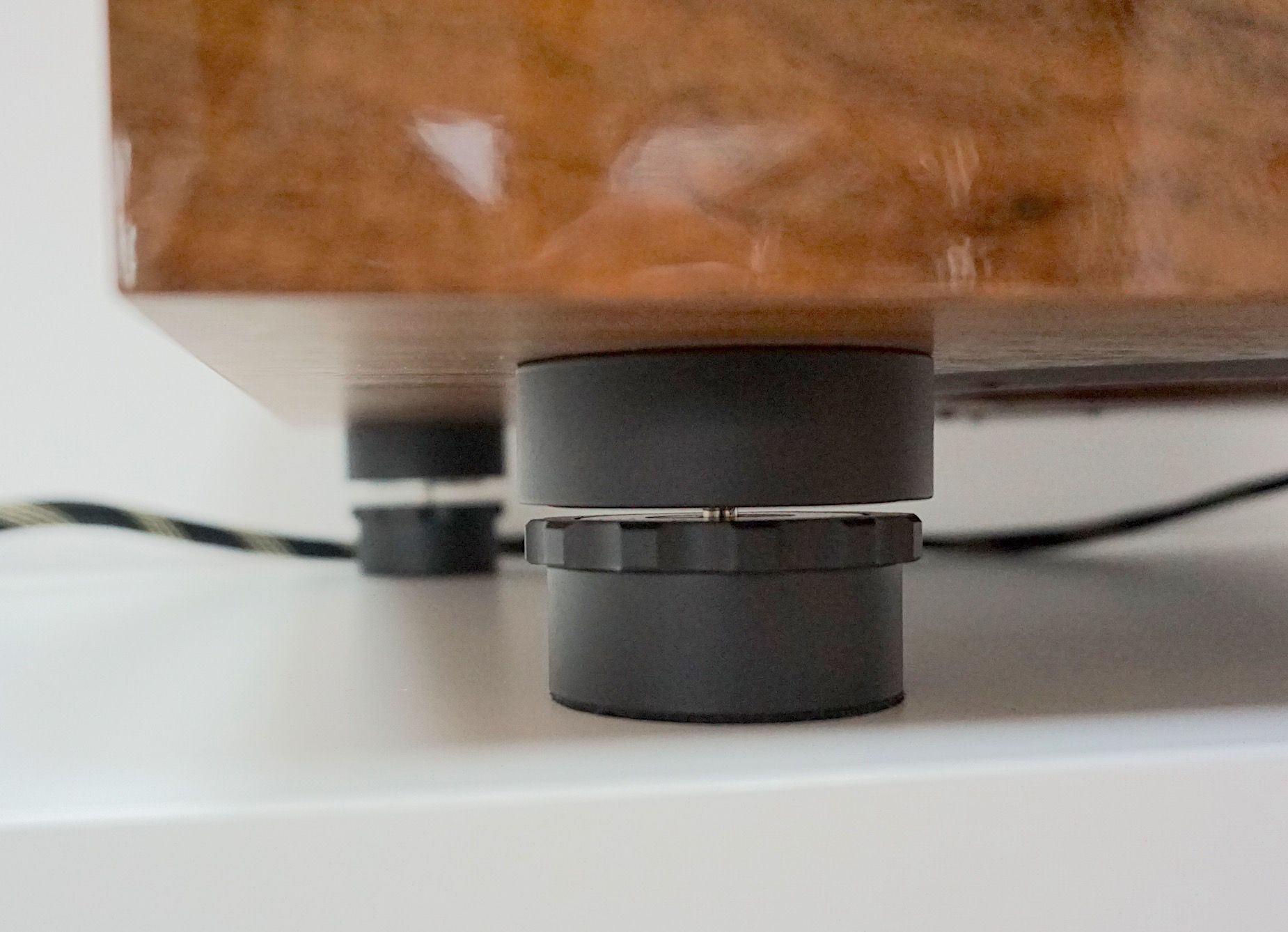
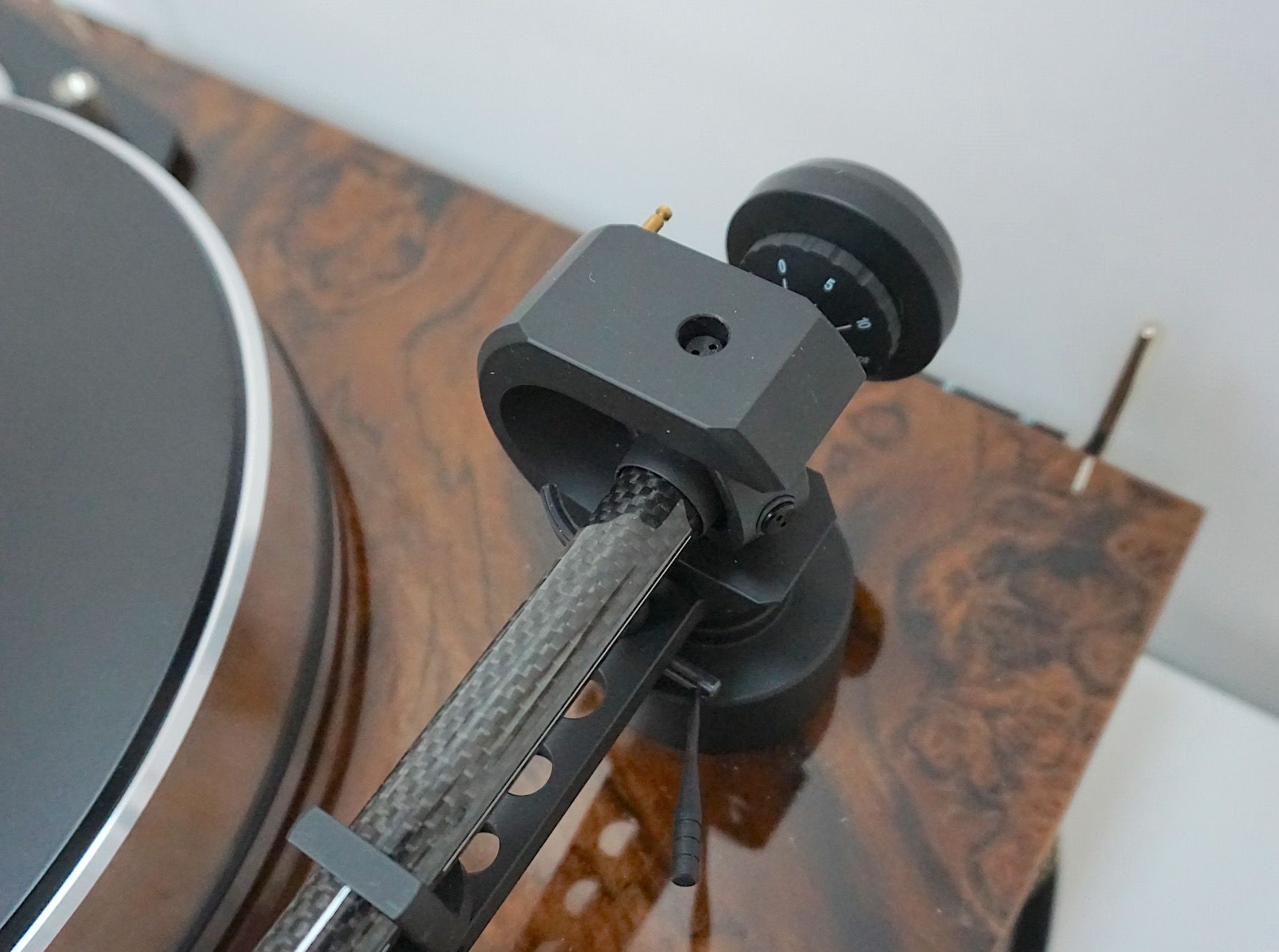
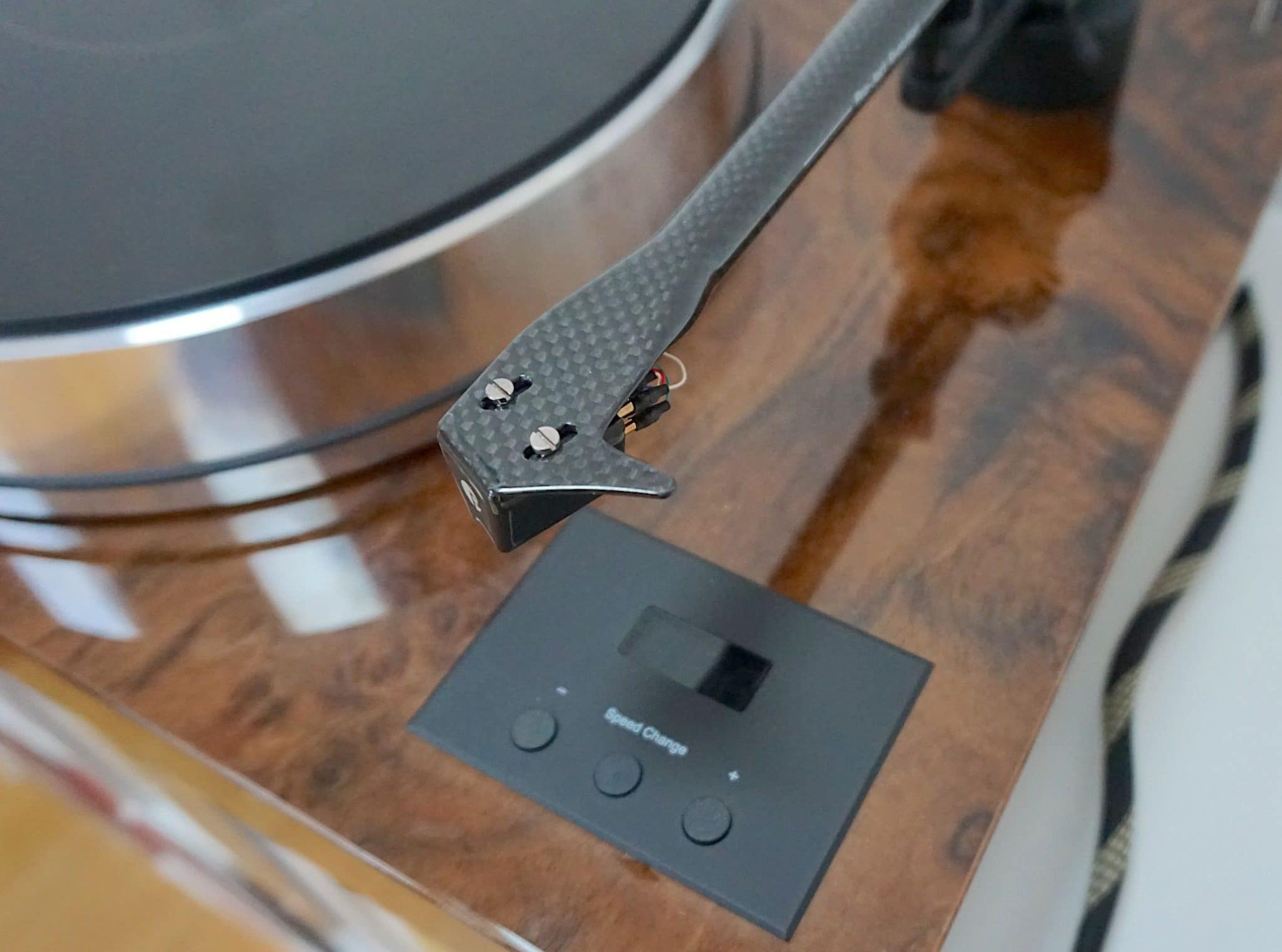
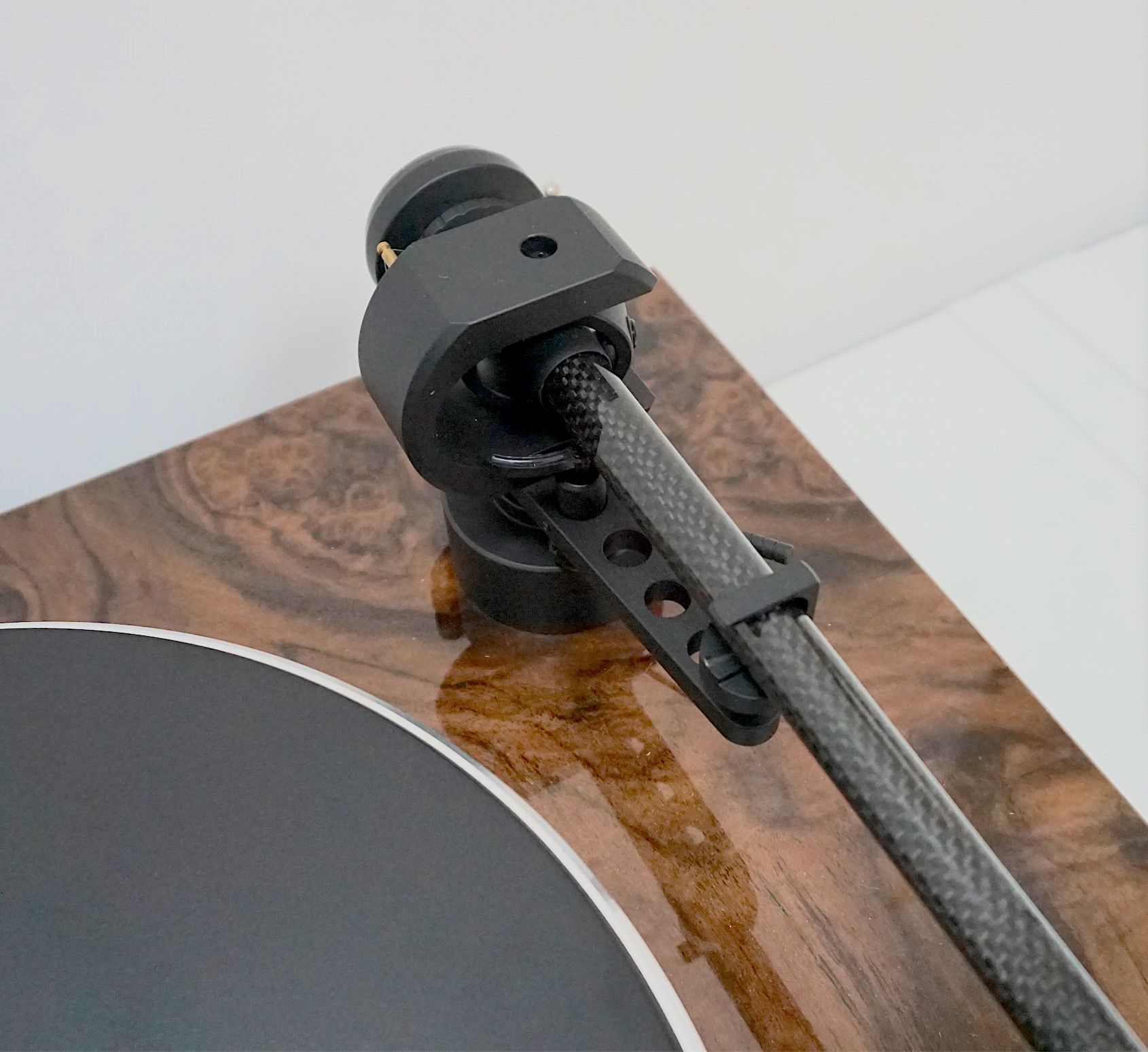
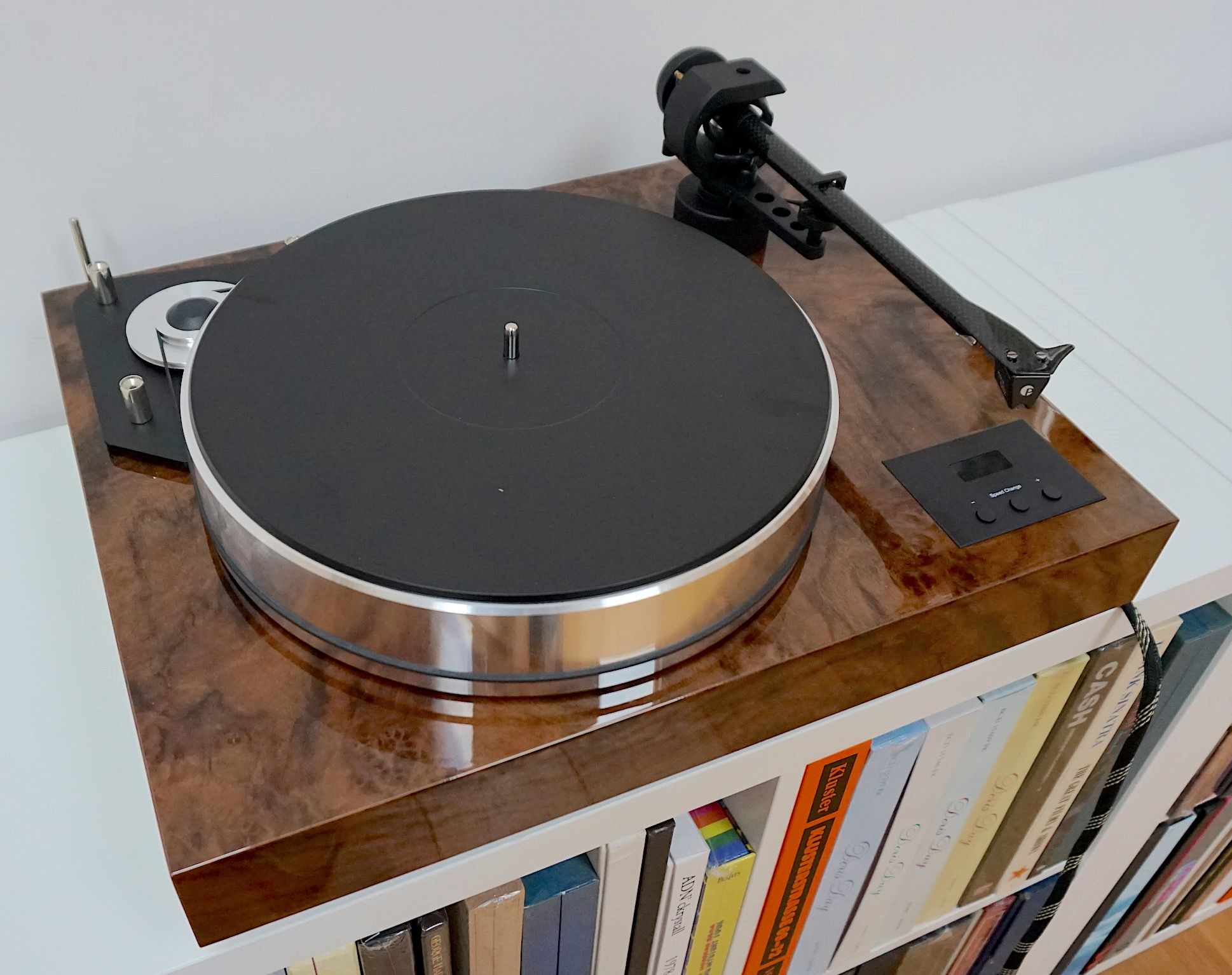
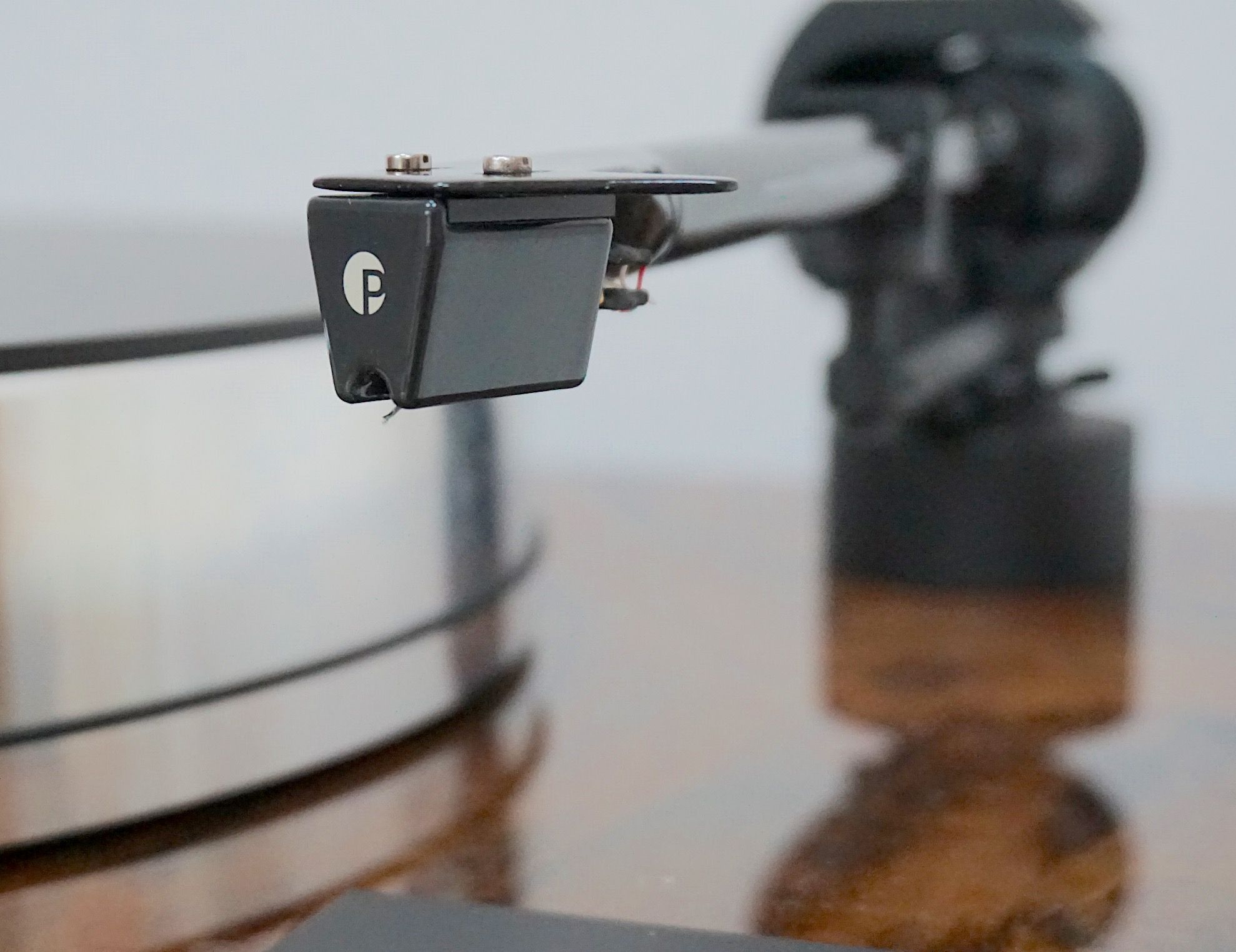
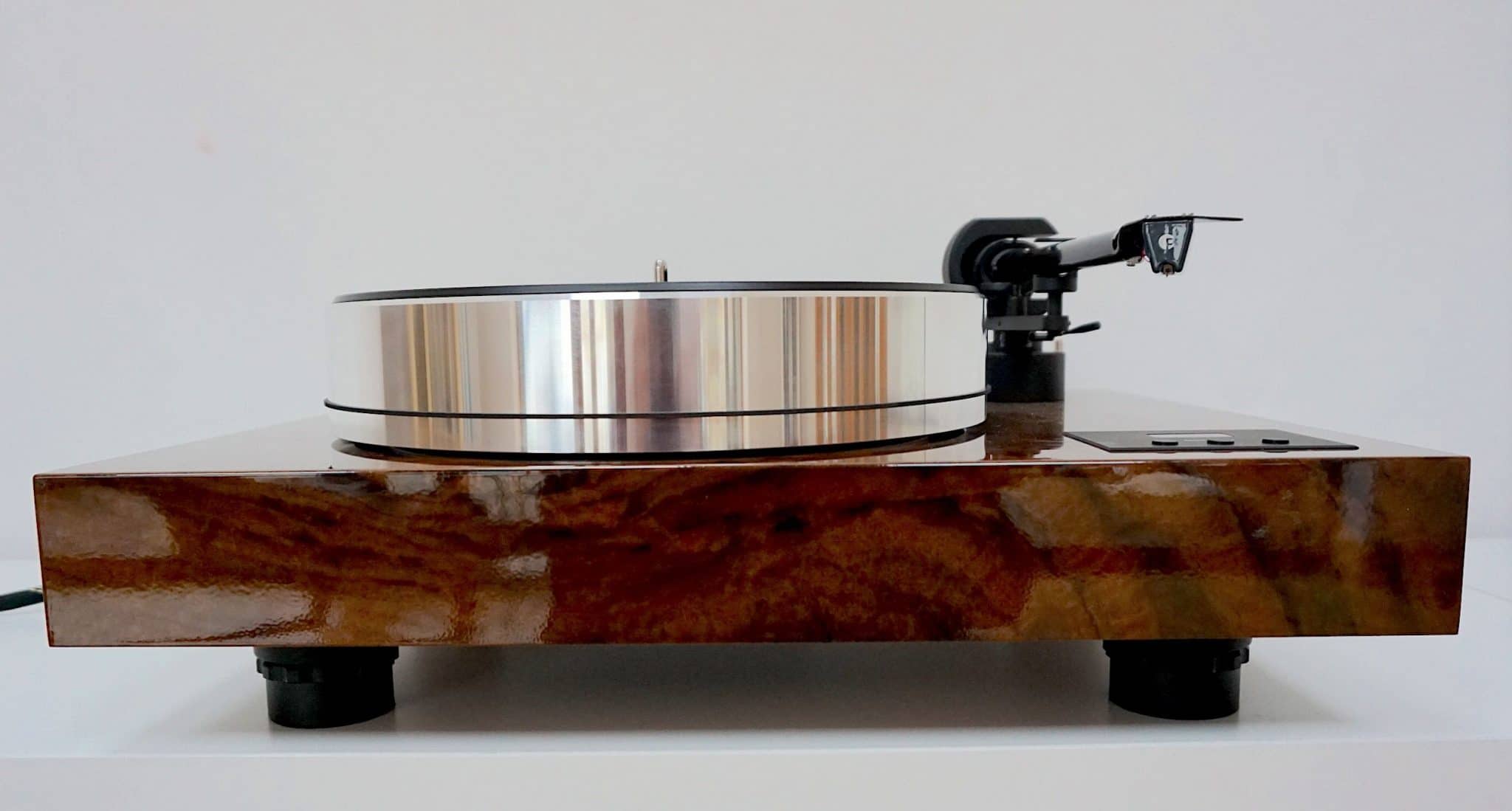
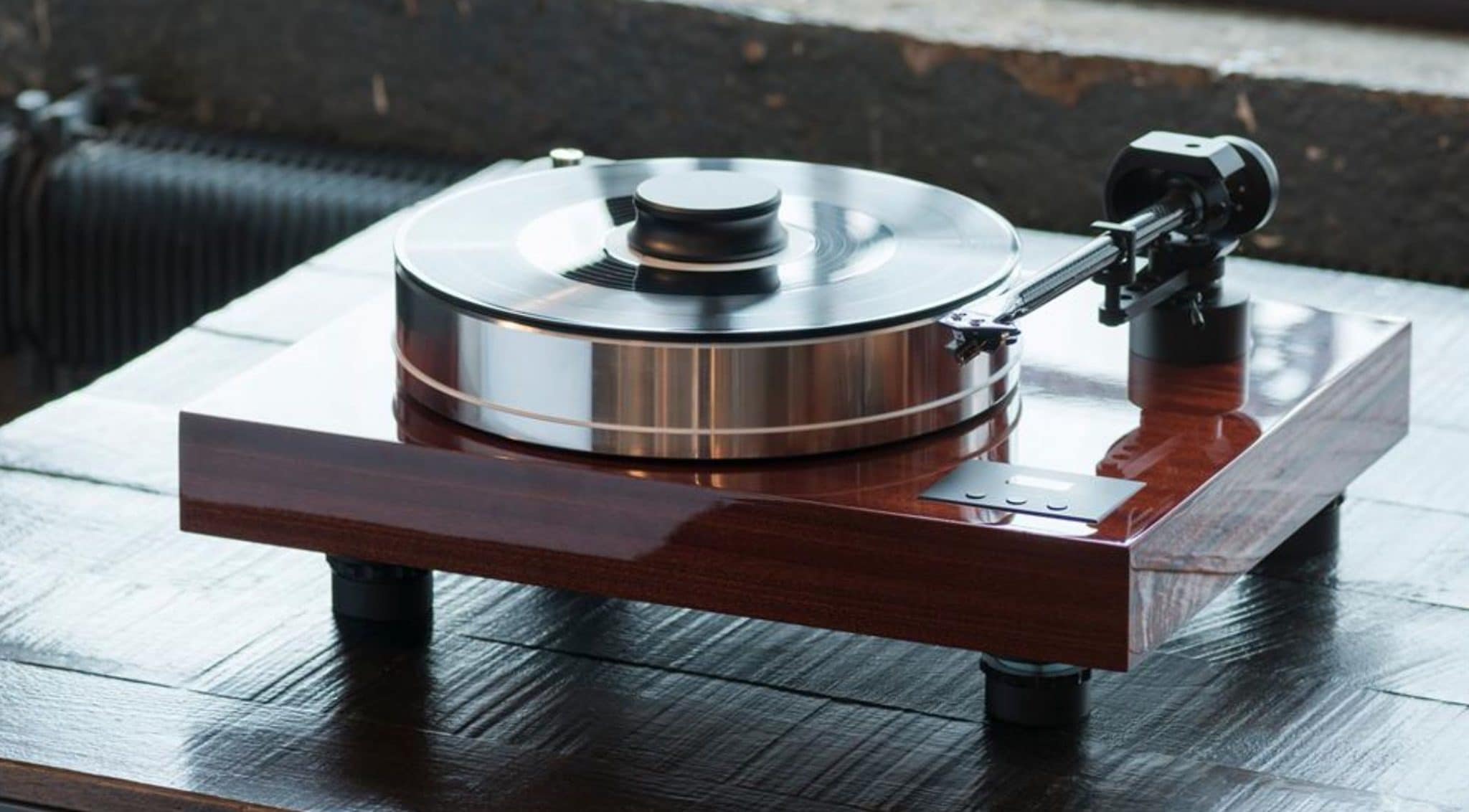
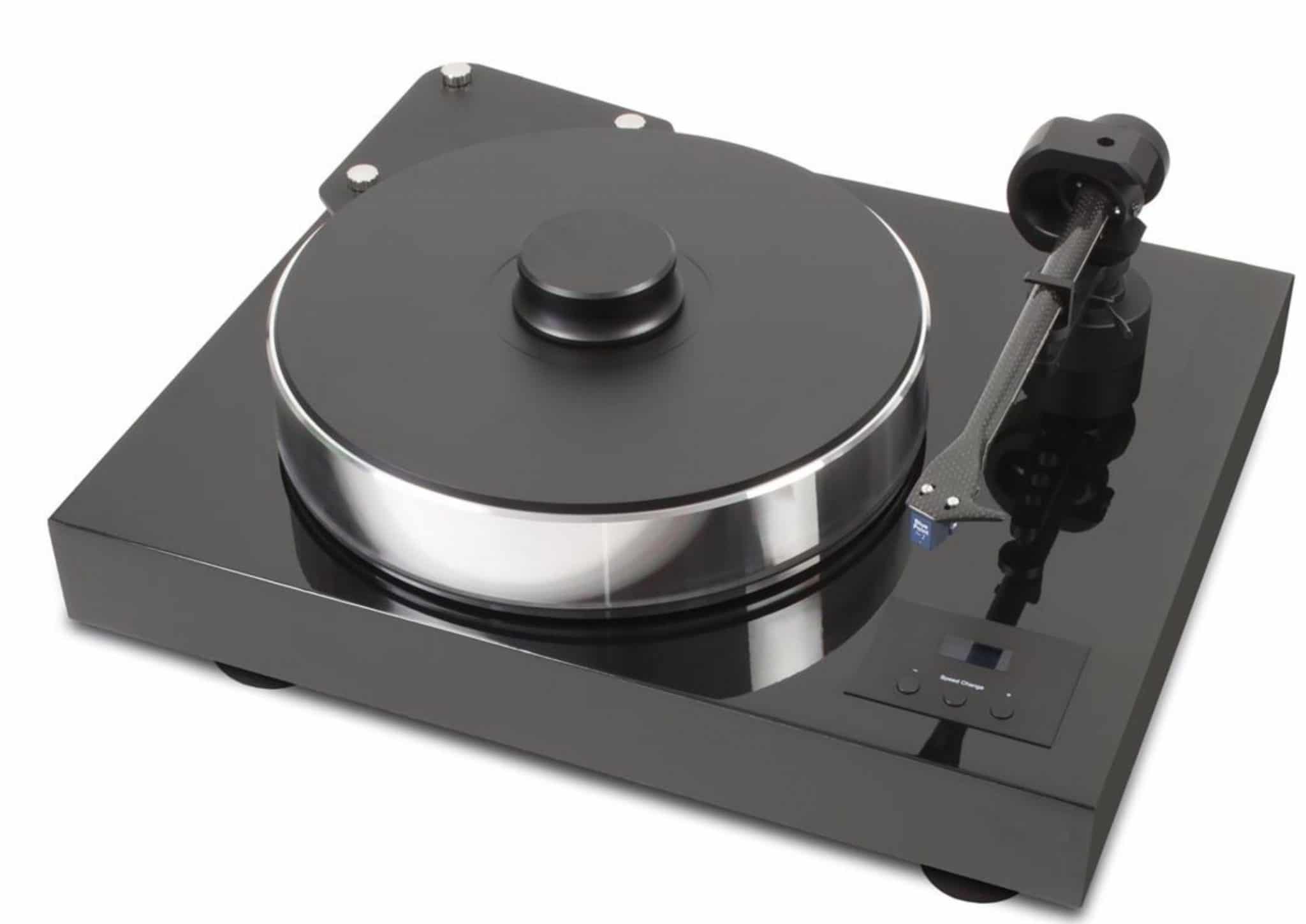
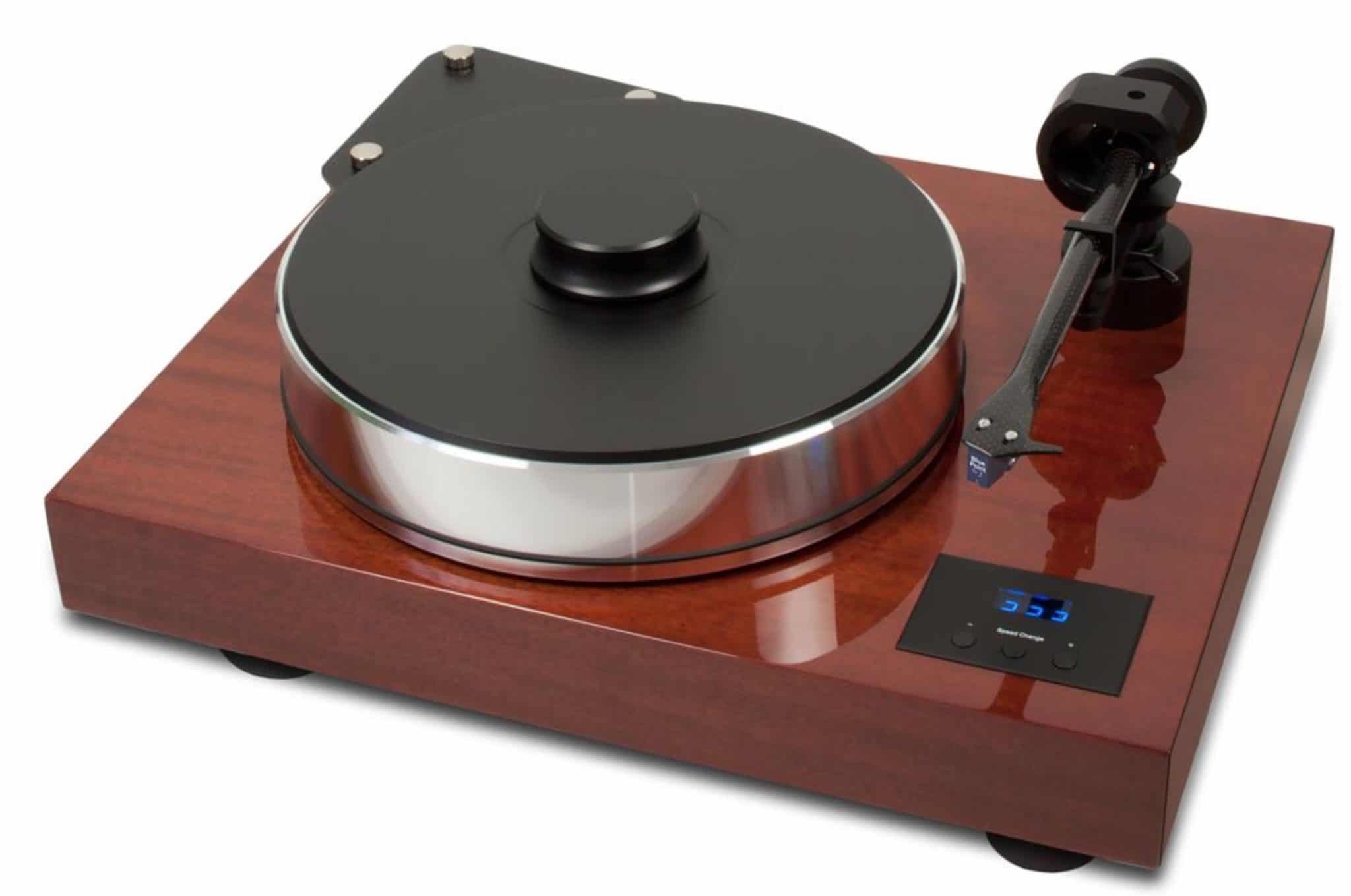
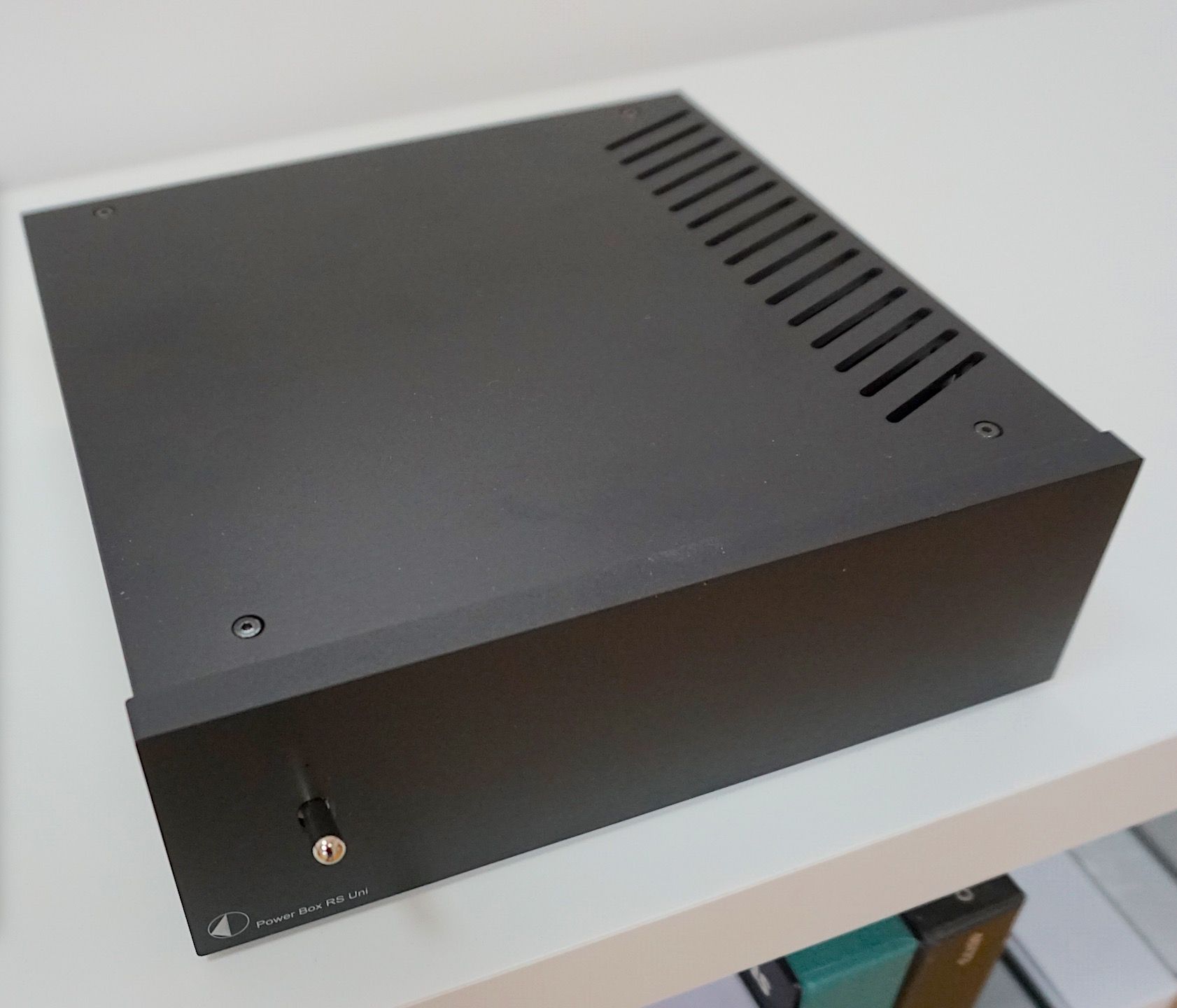
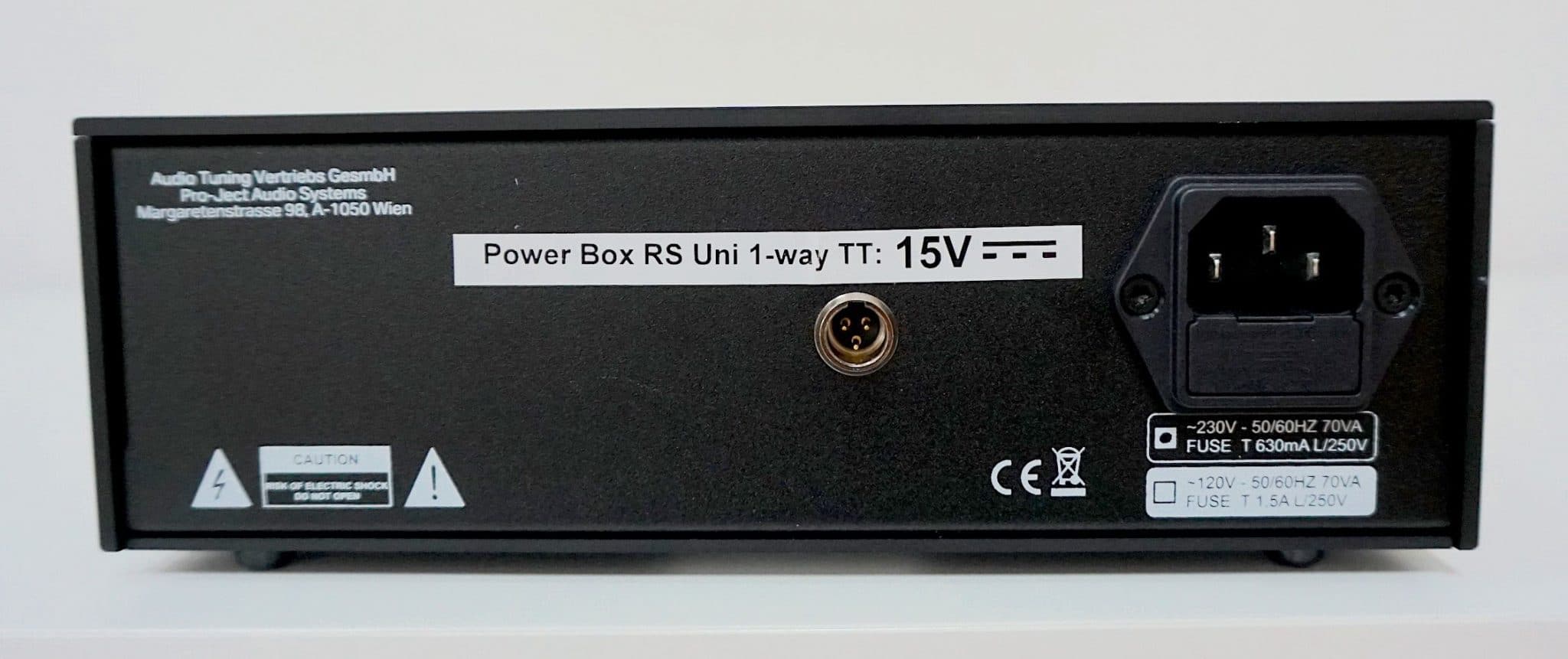
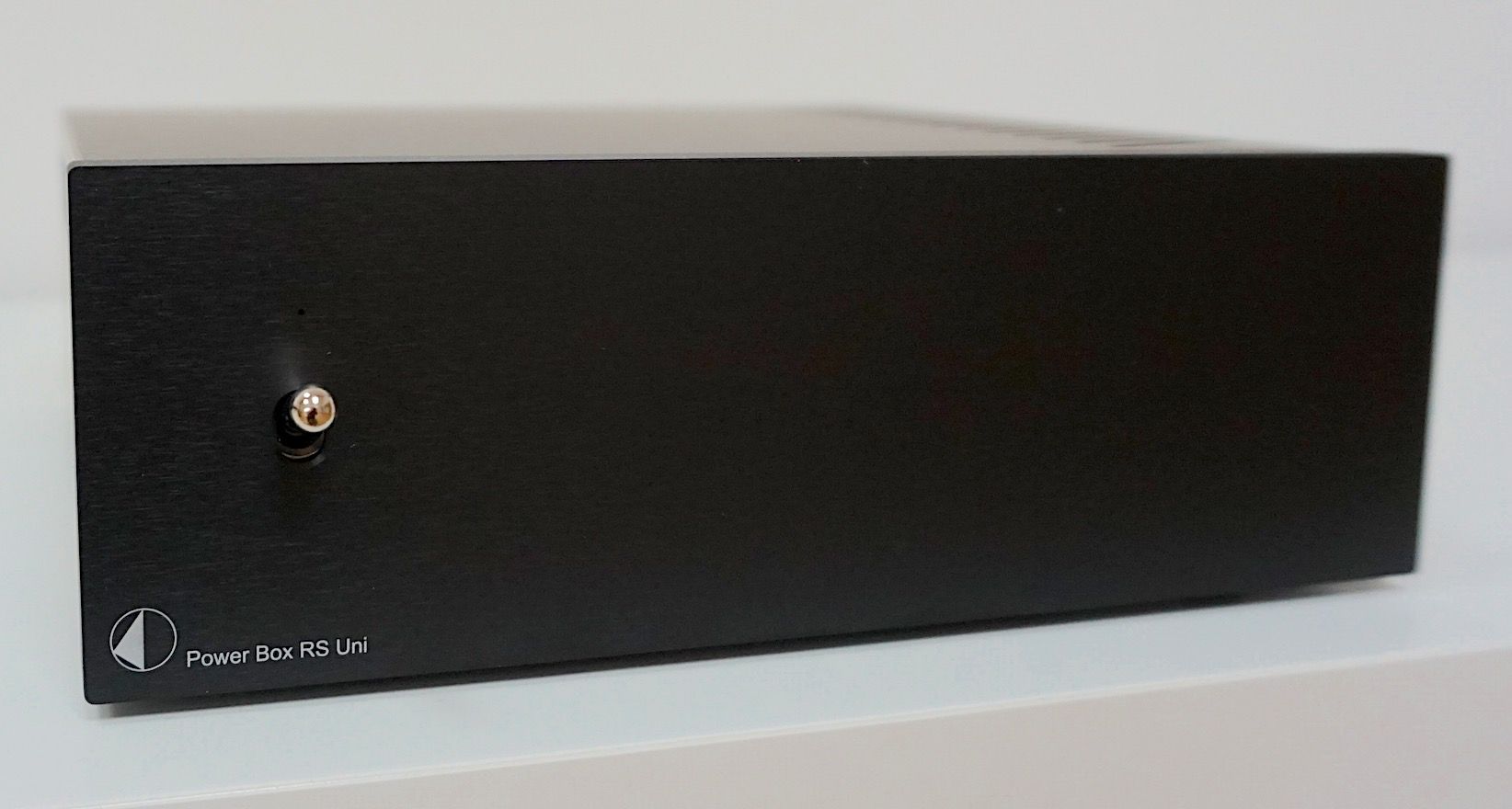


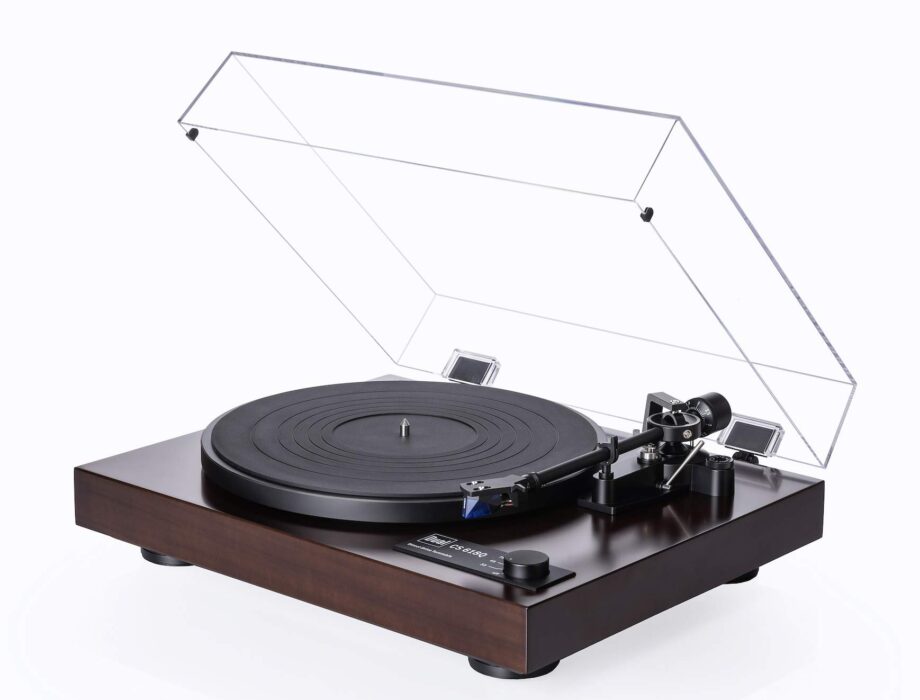
Hello, do you prefer this on the Vpi’s in this range?
and would you go for the 12″ arm for a little more money ?
thank you
Hi Joseph – I’d always go for the longer arm, if you can.
As for the comparison? Hmmm, I’m not sure because I haven’t done an A-B and it’s been too long to remember how each sounded to make a proper judgement. You’d be looking at a Prime Scout I suppose? (https://theaudiophileman.com/prime-scout-vpi-turntable-review/)
Do I prefer the Xtension? No. They are both excellent performers. Especially with the new power supply on the Xtension. Grab a demo, if you can – push for a home demo if possible. Good dealers will talk to you about the latter, especially now. As see if you can grab a good deal on either to help influence your decision.